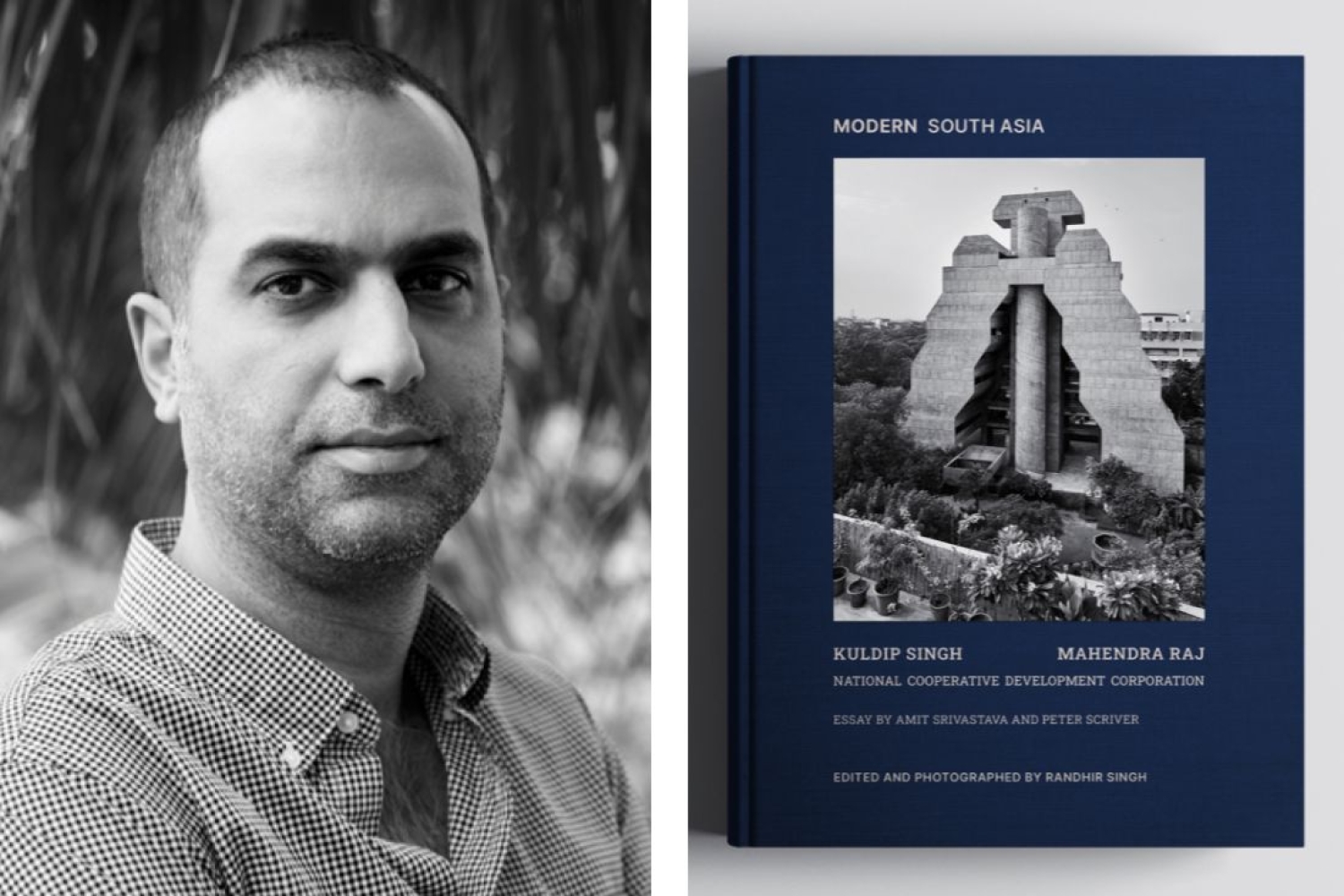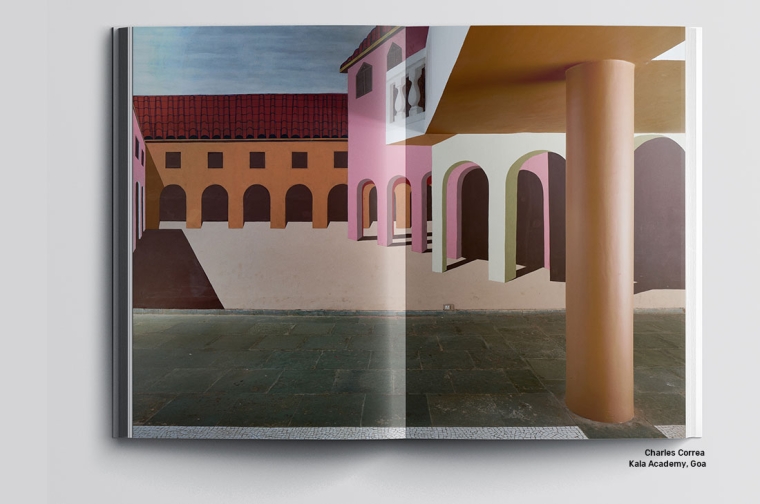

Randhir Singh, an acclaimed architectural photographer, brings a unique perspective to the Modern South Asia series with his contemporary photographs that capture the essence of South Asia’s modernist heritage. The Modern South Asia series meticulously documents historically significant modernist buildings through Singh’s lens, offering a visually rich exploration of these structures. Each volume in this series presents a singular architectural project, blending Singh’s striking imagery with new critical analyses and architectural drawings to create a comprehensive visual archive.
He offers a glimpse into his photography process in our conversation with him.
Have you always been interested in documenting the built environment?
Actually, I studied architecture and worked as an architect in New York for fifteen years before switching to architectural photography. My education and interests in architecture school are very much related to the kind of work I am photographing for the Modern South Asia series of books.

What draws you to take on a project and what is your curatorial process for the final edit?
There is a huge pool of modernist architecture in the country that has never been photographed or published in any serious manner. I see this as a serious problem as we are unable to teach students about these buildings without published photographs. It also presents an opportunity to create books that can help fill this void. I’m choosing buildings that I believe have something to offer students and architects. These buildings are worth a closer look. As a photographer, I work to craft a narrative that leads the reader though the buildings in some sort of logical manner. I want the reader to come away with an understanding of the building through the photographs and the way they are sequenced.
You are a trained architect and you understand the process. What is your focus when you capture architecture? Do you focus on technicalities or the space’s experience?
I let the architecture guide me. Some buildings are really about spatial qualities or sequences of spaces and others are much more technical and about textural qualities. For example, the NCDC building in Delhi (Kuldip Singh and Mahendra Raj, MSA 02) can be seen as a highly textured sculptural object with expressive structural elements where as the main academic building at IIM Bangalore (BV Doshi, MSA 01) doesn’t present itself as an object but rather a series of indoor and outdoor spaces stitched together with colonnades.
How did your collaboration with Modern South Asia come about and what was the colloborative process with the writer and the publishers like?
I had been thinking about doing this series of books for quite some time and had shared the idea with a number of colleagues including Ruturaj Parikh who introduced me to the Arthshila Trust. The Trust has been very generous in supporting this project fully and I am very grateful to have partners that understand what Modern South Asia is trying to achieve. I am also working with a number of writers as each book includes a newly commissioned essay. These books do not feature any archival photographs of the buildings, the photographs I am making are all contemporary so it really makes sense that there be contemporary writing. While the books are in English, I am also planning to have all the essays translated into multiple languages so that non-english speaking students around the country can read them.
Can you tell us a little about the newest title in the series.
We have published four titles so far looking at buildings by important architects like BV Doshi, Charles Correa, Achyut Kanvinde, Kuldip Singh and Mahendra Raj. For the fifth book, I am exploring the India International Centre by Joseph Stein. It’s a really lovely building by an important architect. I will follow this with books on projects by Raj Rewal, Eulie Chowdhury and Muzharul Islam to name a few.
Words Shruti Kapur Malhotra
Date 23.09.2024